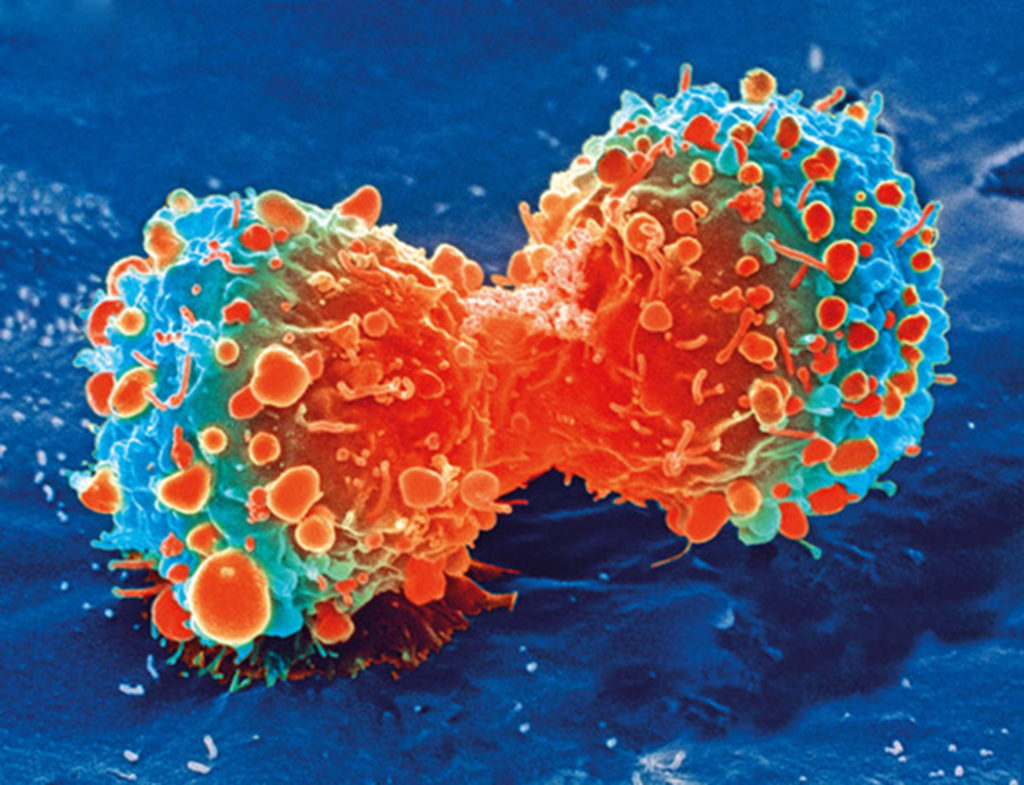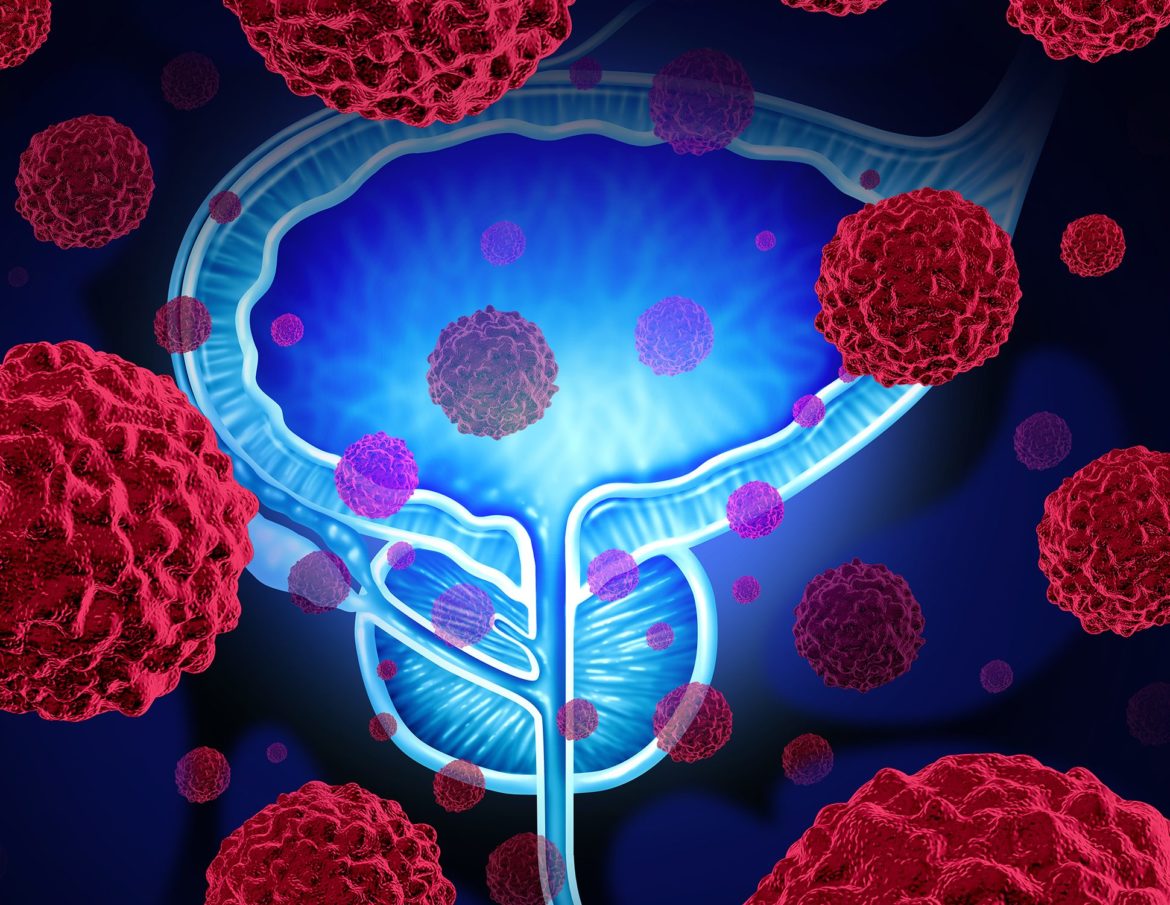Our biological clock? Researchers find that CRY-1, a regulator of circadian rhythms, promotes tumor progression by altering DNA repair.
Thomas Jefferson University

Our biological or circadian clock synchronizes all our bodily processes to the natural rhythms of light and dark. It’s no wonder then that disrupting the clock can wreak havoc on our body. In fact, studies have shown that when circadian rhythms are disturbed through sleep deprivation, jet lag, or shift work, there is an increased incidence of some cancers including prostate cancer, which is the second leading cause of cancer death for men in the U.S. With an urgent need to develop novel therapeutic targets for prostate cancer, researchers at the Sidney Kimmel Cancer — Jefferson Health (SKCC) explored the circadian clock and found an unexpected role for the clock gene CRY-1 in cancer progression. The study was published on January 15th in Nature Communications.
“When we analyzed human cancer data, the circadian factor CRY-1 was found to increase in late stage prostate cancers, and is strongly associated with poor outcomes,” explains Karen Knudsen, MBA PhD, executive vice president of oncology services for Jefferson Health and enterprise director of SKCC, and senior author of the study. “However, the role CRY-1 in human cancers has not been explored.”
A common therapy for prostate cancer involves suppressing the male hormone androgen and/or the androgen receptor, as prostate tumors require androgens to develop and progress to advanced disease. With their collaborators in the U.S. and Europe, the researchers found that CRY-1 is induced by the androgen receptor in prostate tumor tissue obtained from patients, thus explaining in part the high levels of CRY-1 observed in human disease.
“This was a clear indication of CRY-1’s link to prostate cancer,” says Ayesha Shafi, PhD, a postdoctoral researcher in Dr. Knudsen’s lab and first author of the study. “As we looked further into the role of CRY1, we unexpectedly found that the circadian factor was altering the way that cancer cells repair DNA.” Read more from Science Daily.





